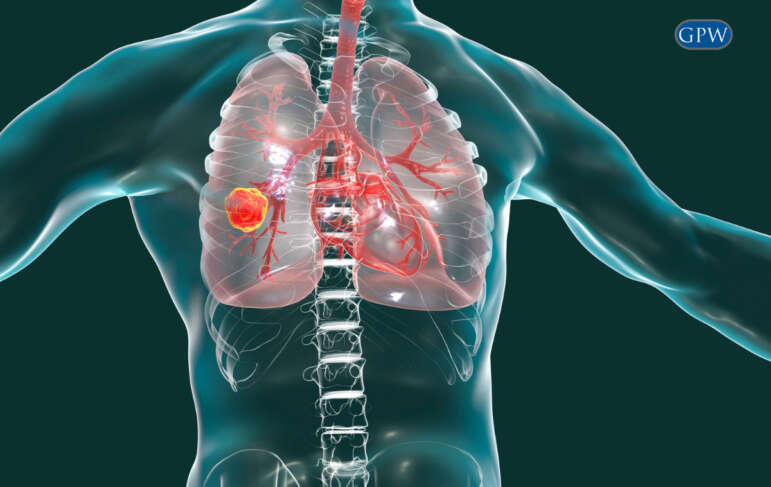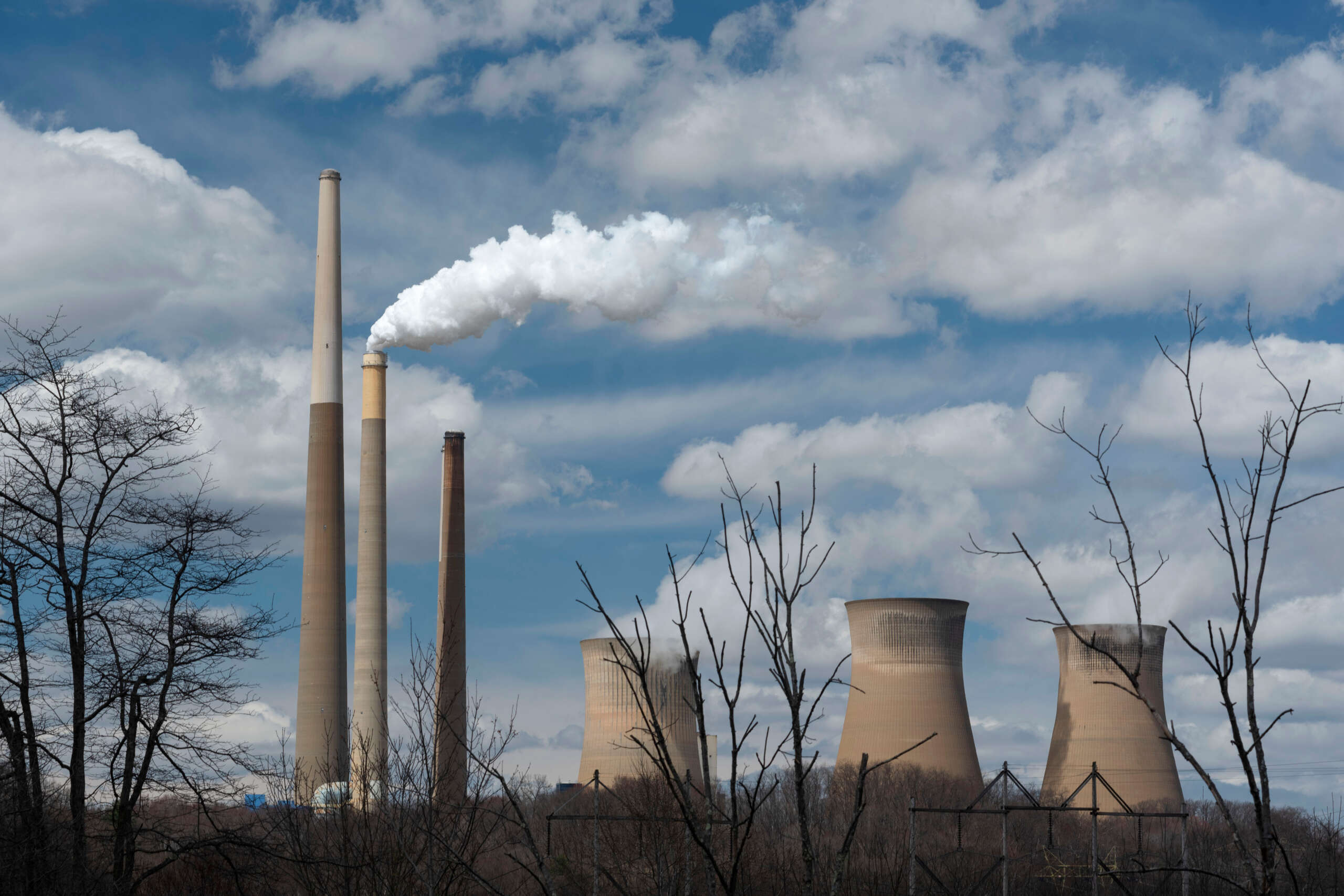Lung Cancer Awareness Month 2023
November is Lung Cancer Awareness Month. There are two main types of lung cancer: non-small cell and small cell lung cancer. Around 80 to 85 percent of lung cancers are non-small cell lung cancer. Non-small cell lung cancer can be broken down into three subtypes: adenocarcinoma, squamous cell carcinoma, and large cell carcinoma. These different cell types are grouped together because their treatment and prognoses are similar. Adenocarcinoma is the cancer of mucus secreting cells. It mainly occurs in people who smoke or used to smoke, but is the most common form of the cancer to be seen in people who don’t smoke. Another type is squamous cell carcinoma. It starts in squamous cells, which are cells that line the inside of the airways of the lungs. It is mainly found in people with a history of smoking and is found in the central part of the lungs. The last subtype is large cell (undifferentiated) carcinoma. It appears in any part of the lung and grows quickly. The other main type of lung cancer is small cell lung cancer, which occurs in around 10 to 15 percent of all cases. The cancer grows fast and has usually spread at the time the cancer is diagnosed.
There are different treatment options for lung cancer. Surgery is one route, where cancer and some healthy tissue is removed. Some options include a wedge resection, where a small section of lung is removed along with healthy tissue. A segmental resection removes a larger portion of the lung. A lobectomy removes an entire lobe of a lung and a pneumonectomy removes an entire lung. Radiation therapy can also be available, where high energy beams are administered to cancer cells to kill them. Chemotherapy is also an option. This therapy utilizes cell killing drugs to kill cancer cells. Chemotherapy is usually given alongside surgery to kill any remaining cancer cells. It is often used alongside radiotherapy or can even be used before surgery to shrink cancers. Targeted therapy is also an option. These drugs target abnormalities found in cancer cells. Blocking them can cause the cancer cells to die. Finally, there is immunotherapy. Immunotherapy uses the immune system to fight cancer.
There are multiple risk factors for lung cancer. Smoking is the main cause of lung cancer. Even if you don’t smoke, exposure to secondhand smoke increases your risk of lung cancer. People who receive radiation therapy to the chest are also at a higher risk of lung cancer. Radon is also a cause of lung cancer. Radon is created by the natural breakdown of uranium in soil, rock and water. It eventually becomes part of the air you breathe. It can accumulate in homes and other buildings. Another risk factor is asbestos. Asbestos is a fibrous mineral that is made up of many microscopic fibers. Once inhaled, they can become lodged in the lungs. Over time, the fibers cause DNA changes and inflammation in the lungs, leading to cancer. Asbestos exposure and cigarette smoke are an especially potent combination. When someone exposed to asbestos smokes, the two work together to increase the risk of lung cancer.




